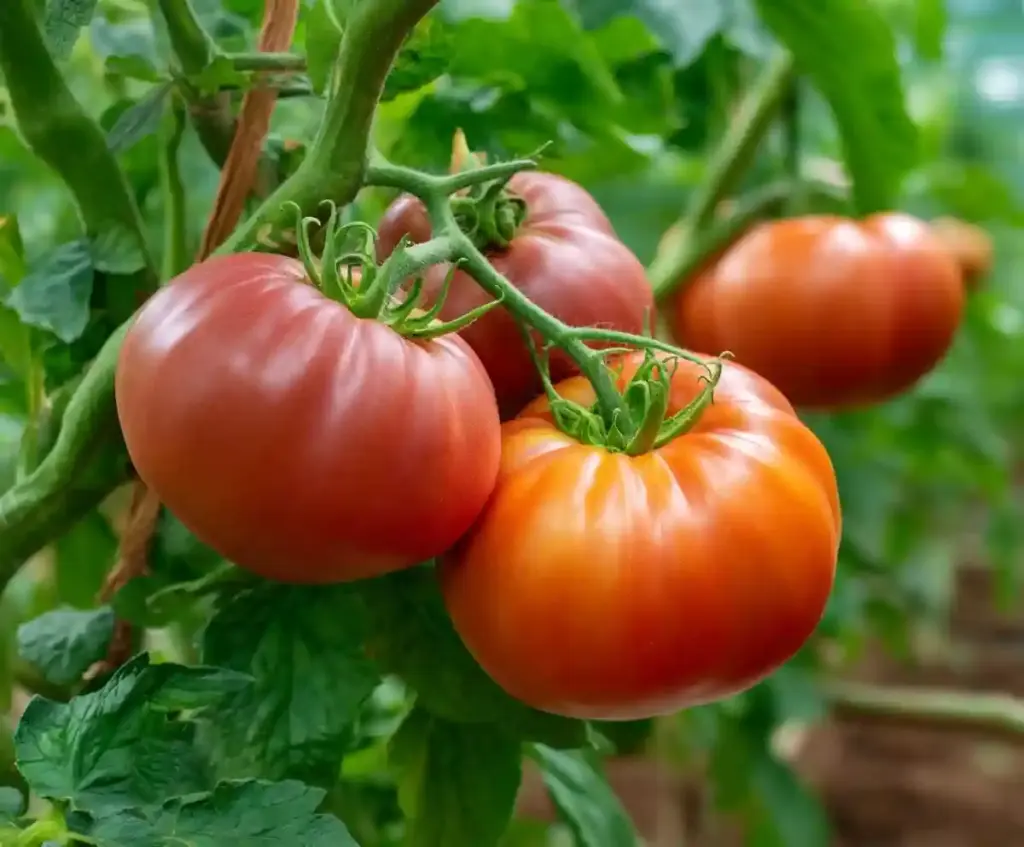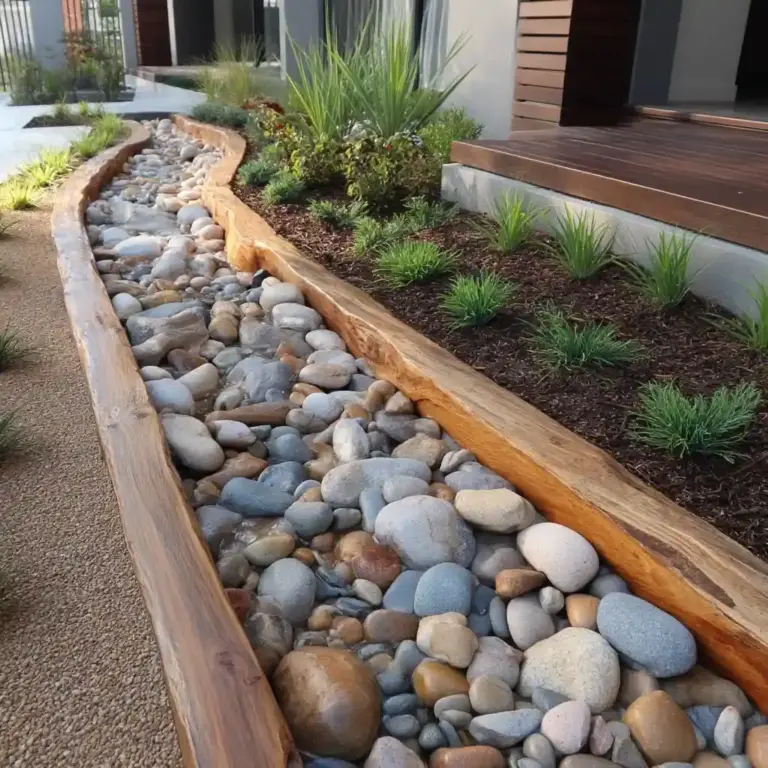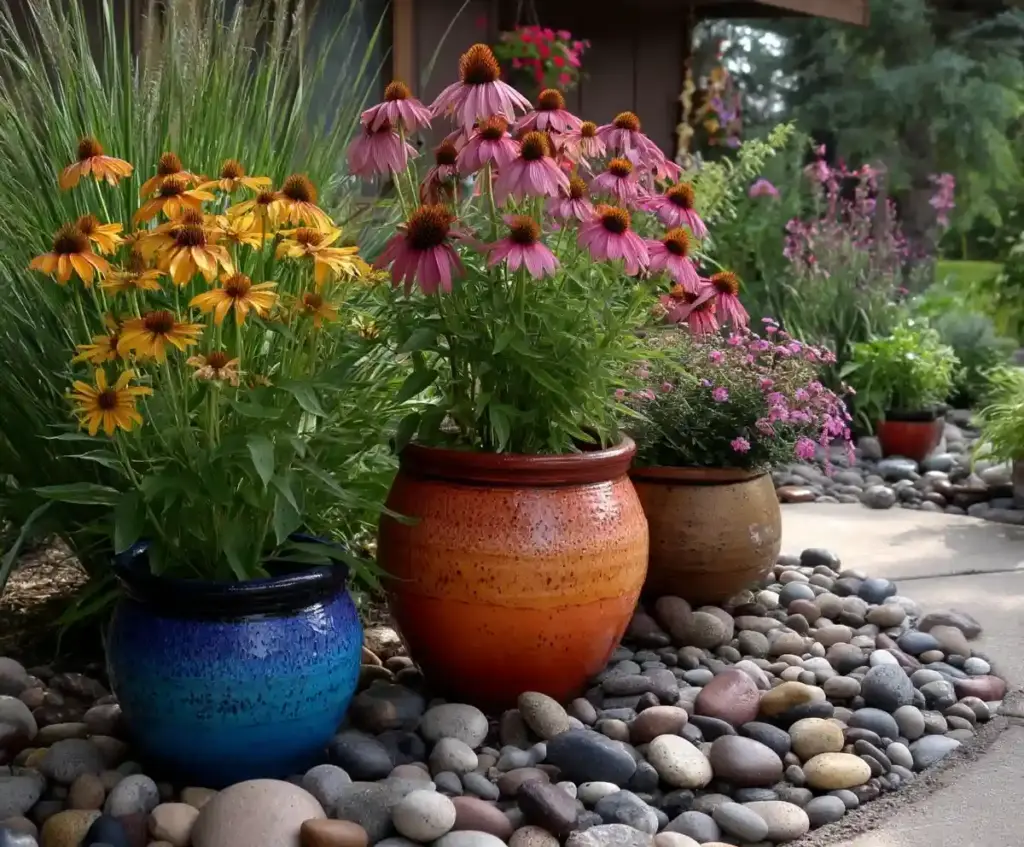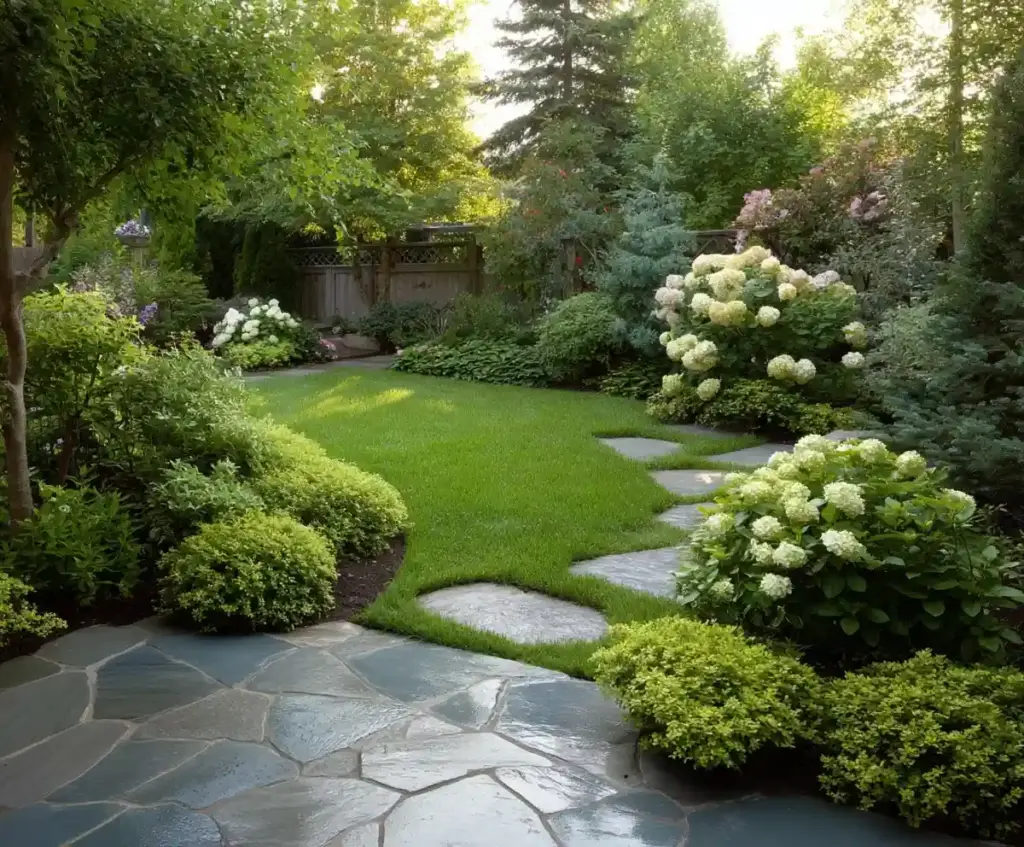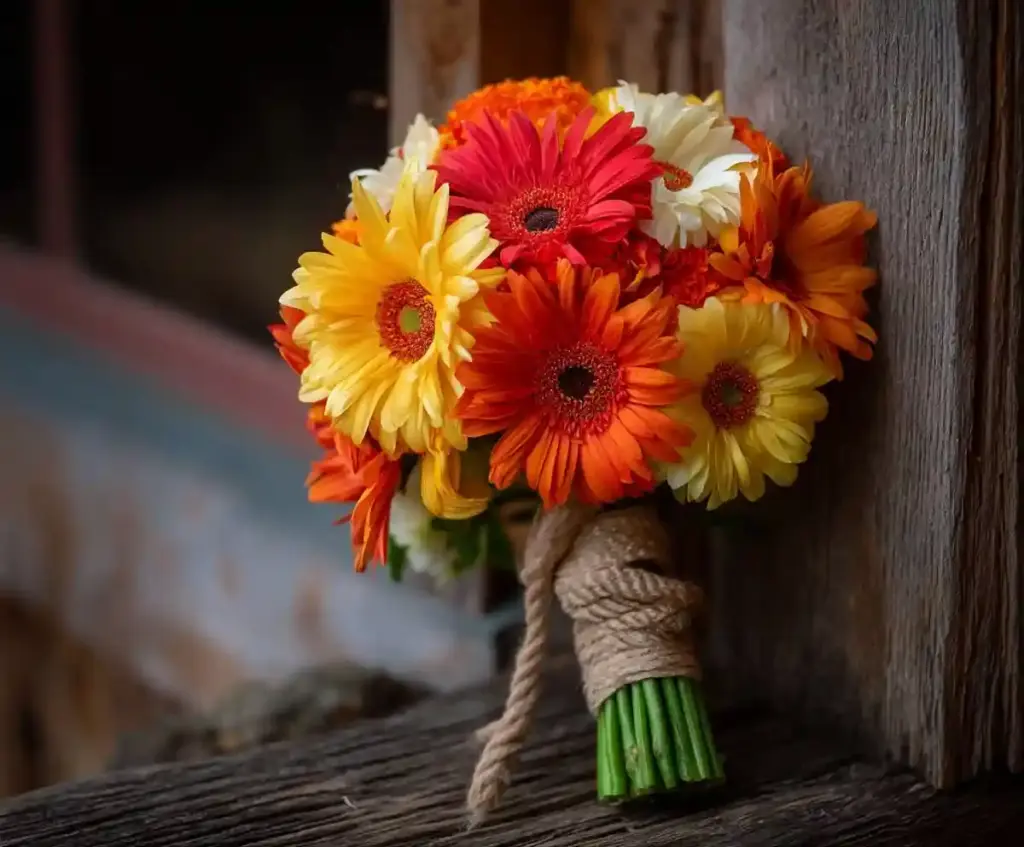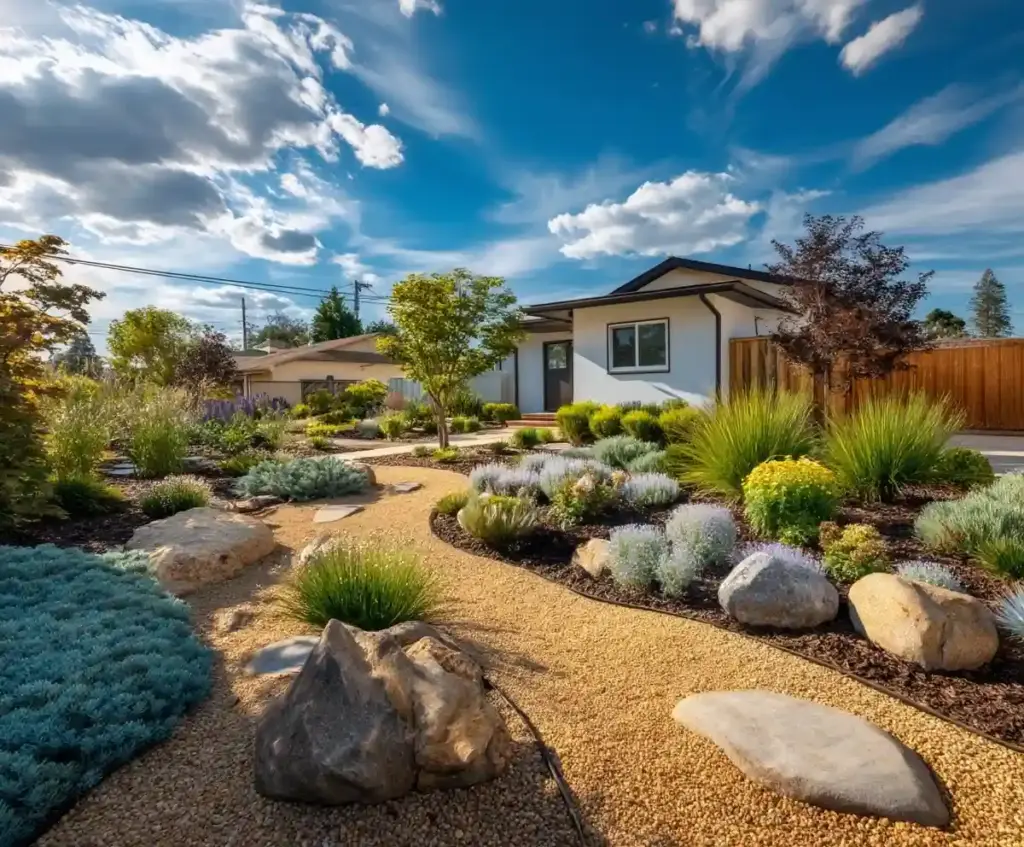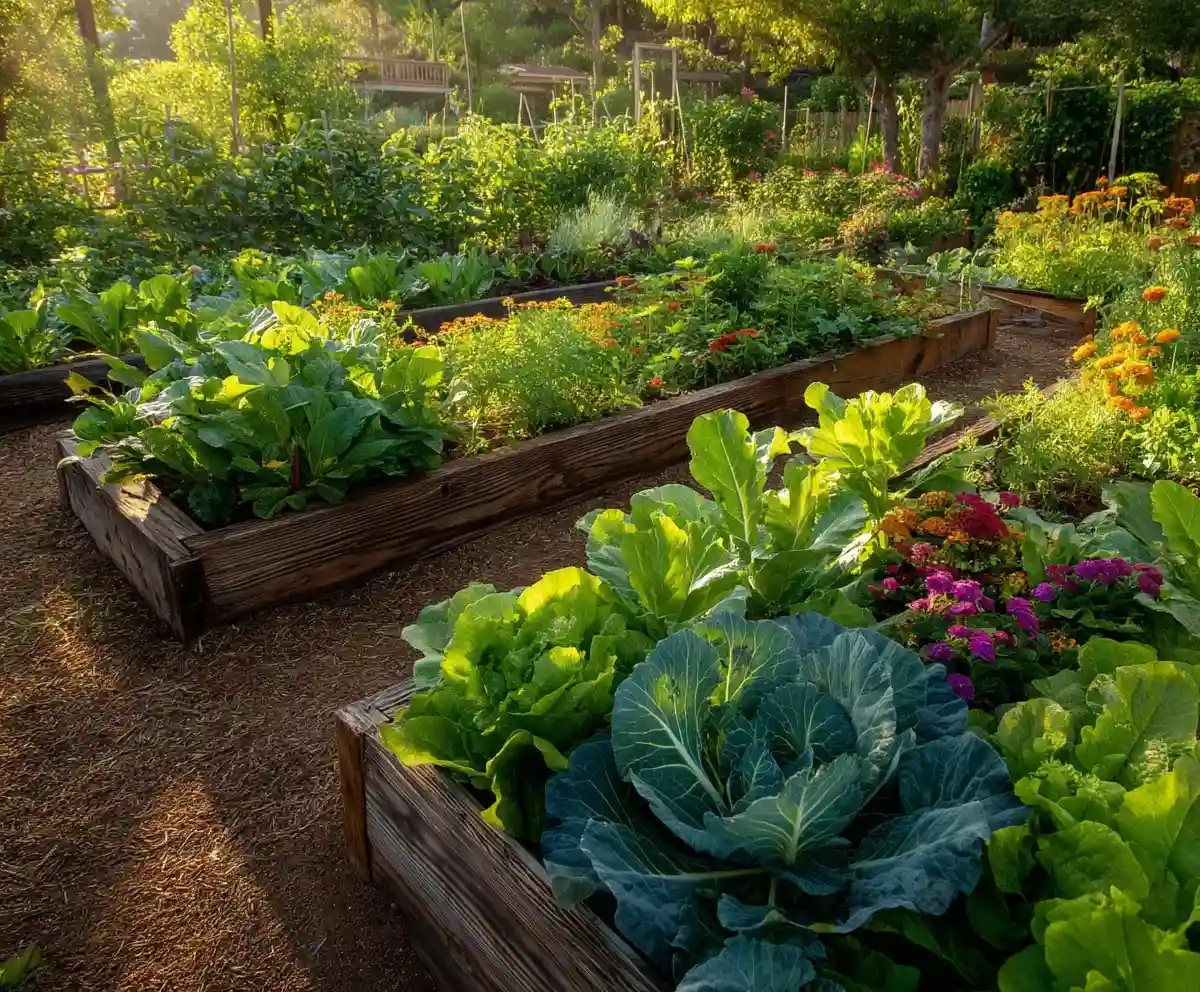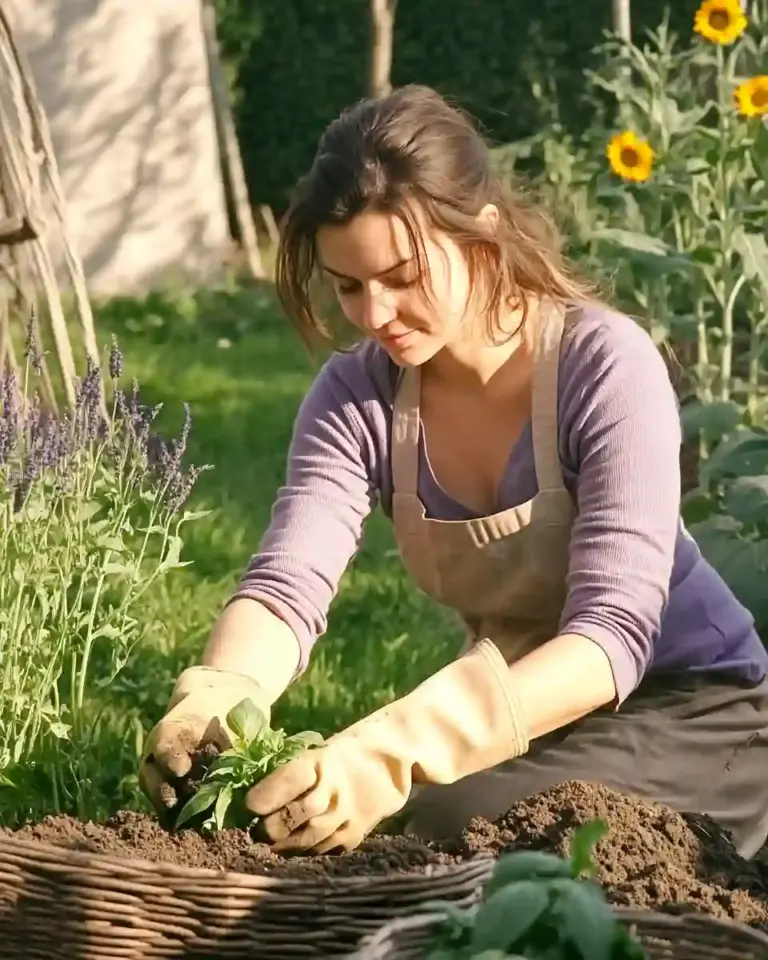Vegetable garden design is more than arranging rows of plants—it’s about creating a space that’s both productive and beautiful. Whether you’re working with a small balcony or a large backyard, thoughtful planning can transform any outdoor area into a thriving, enjoyable part of your home. A well-designed vegetable garden not only provides fresh produce but also adds structure, texture, and seasonal interest to your landscape. With the right layout, plant choices, and features, your garden can become a year-round source of food and relaxation. This guide will walk you through practical ideas, from small-space solutions to full-scale plots, so you can grow a garden that fits your lifestyle perfectly.
Table of Contents
Transform Your Space: Garden Ideas That Work in Any Size Yard
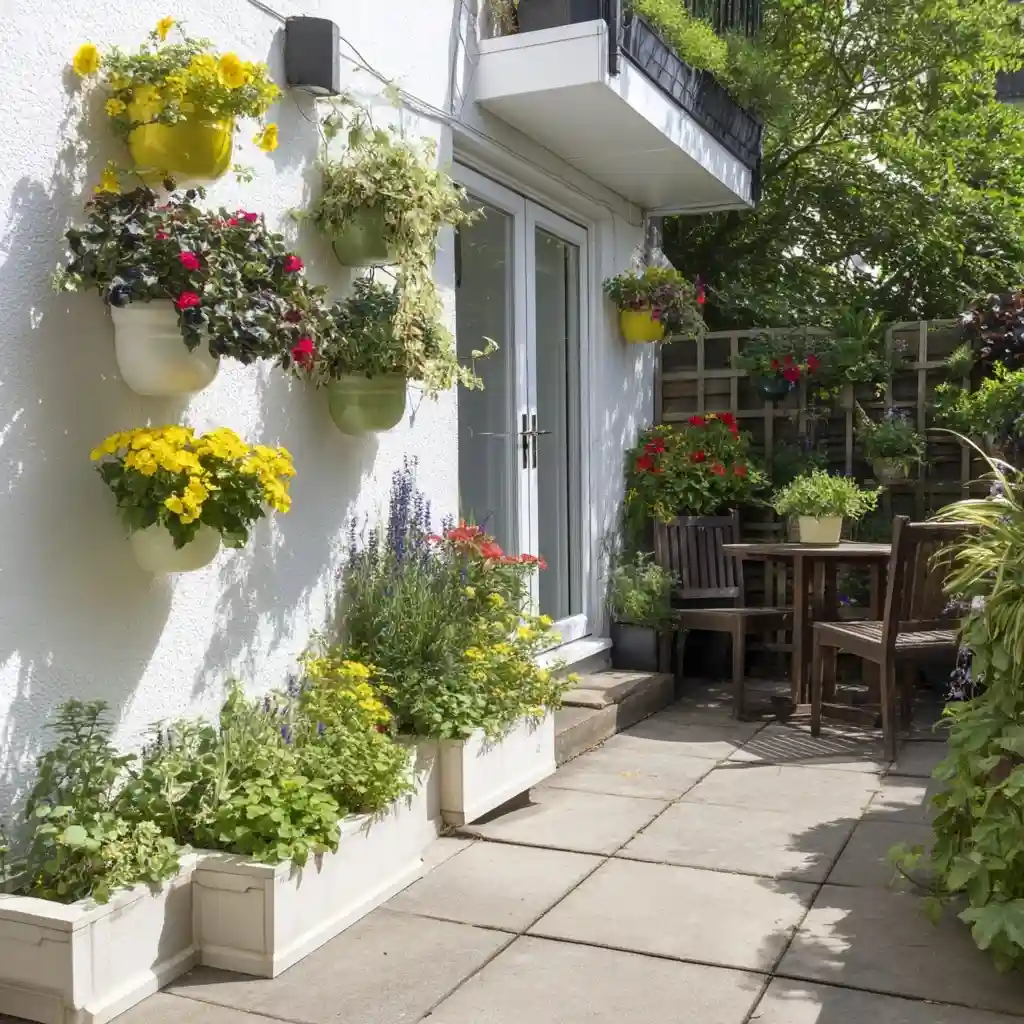
You don’t need acres of land to create a stunning and functional garden. With smart vegetable garden design, even a compact patio or side yard can produce an impressive harvest. Vertical gardening—using trellises, wall planters, or hanging baskets—maximizes growing space while adding visual interest. Raised beds and large containers make planting easier to manage and allow for better control over soil quality.
To make smaller spaces feel larger, use mirrors or reflective surfaces to create depth, and define planting zones with gravel paths, edging, or low fencing. Adding a pergola, a small fountain, or decorative pots brings character to any space. The key is to blend practicality with beauty so your garden feels both productive and inviting year-round.
Backyard Design Ideas for Year-Round Enjoyment
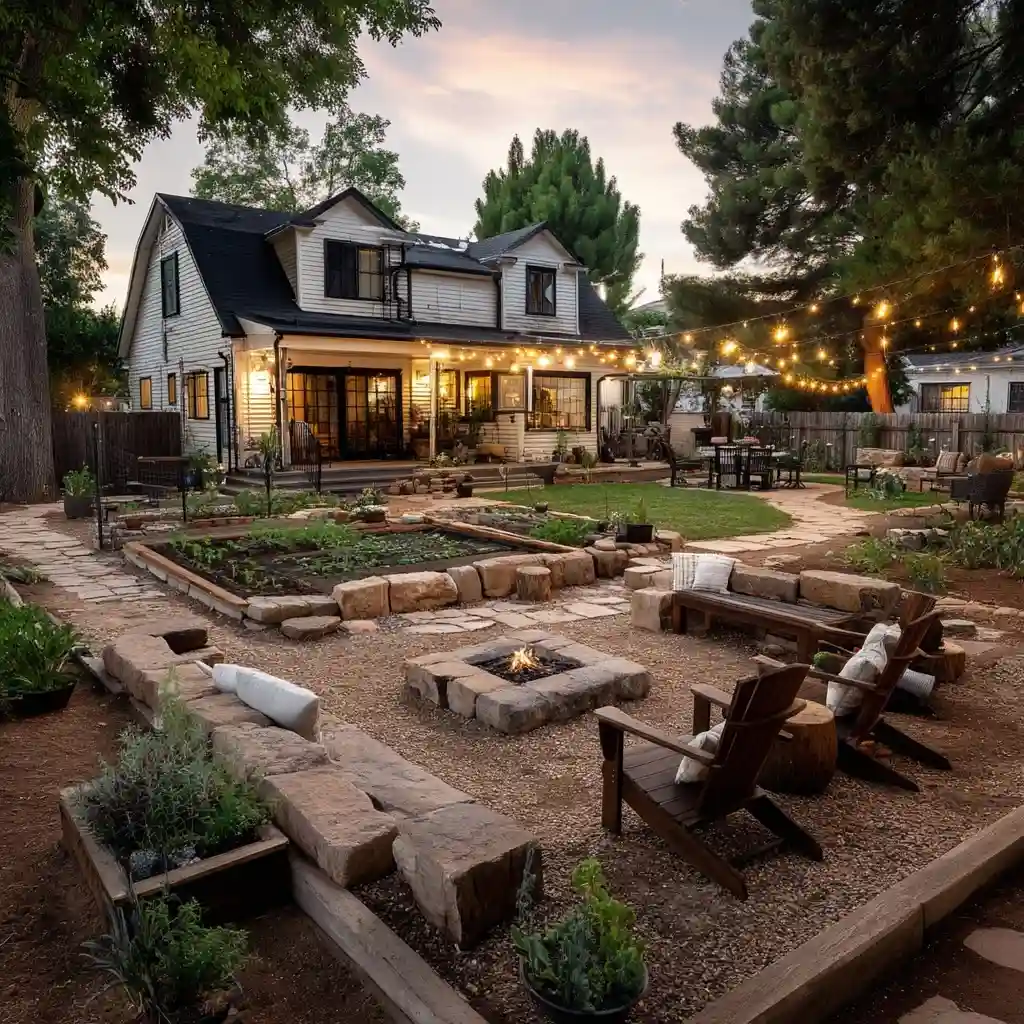
A backyard designed with intention can serve as a productive vegetable patch and a comfortable retreat through every season. Start by dividing your space into functional zones—one for vegetable garden design, another for lounging, and perhaps a dedicated dining area. Incorporating a fire pit or outdoor heater keeps the garden usable during cooler months, while pergolas or shade sails provide relief in the summer.
Evergreen shrubs maintain structure in winter, and hardy edibles like kale or garlic keep your garden productive when temperatures drop. Strategic lighting—string lights, solar stakes, or lanterns—extends your garden’s usability well into the evening. With thoughtful planning, your backyard becomes more than just a seasonal space—it’s a year-round destination for both harvests and relaxation.
Vegetable Garden Design for Small and Large Spaces
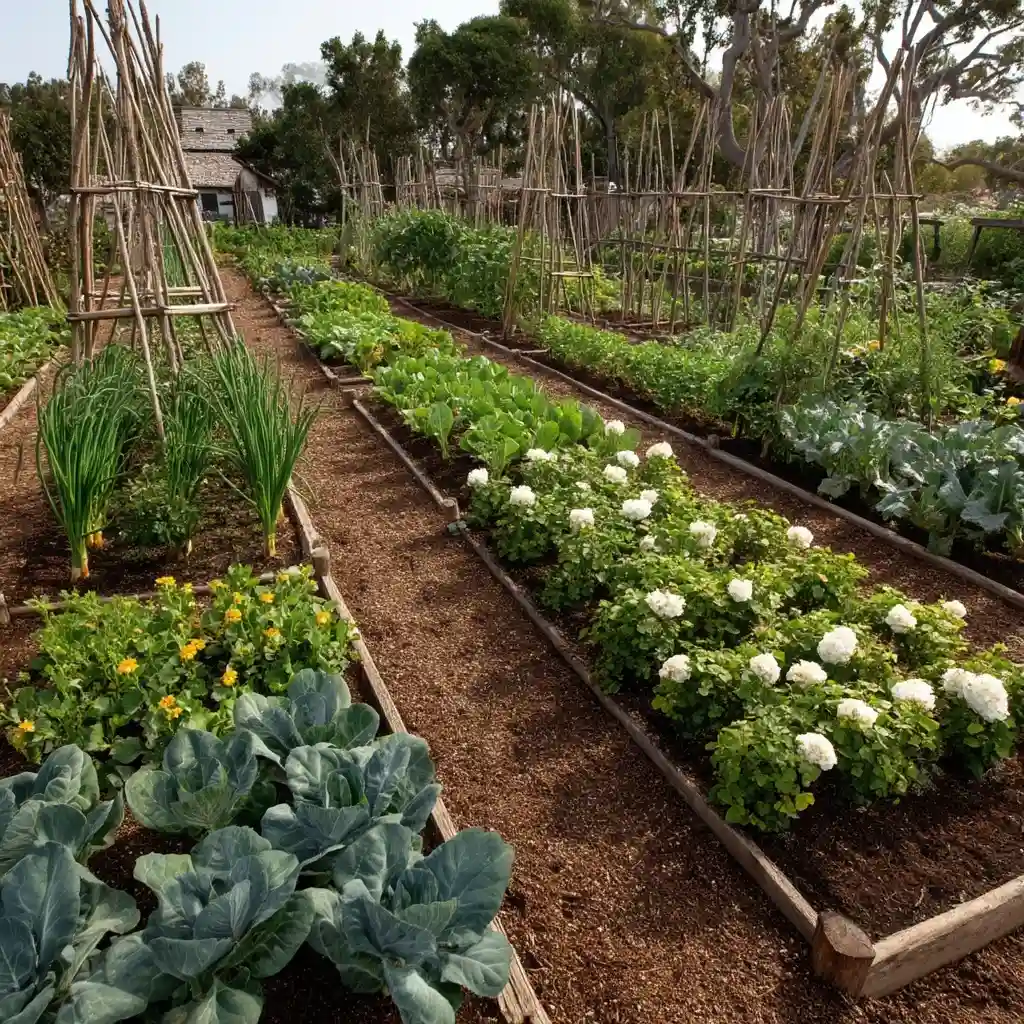
Whether you have a balcony or a half-acre plot, a smart vegetable garden design can make the most of your available space. In larger gardens, organized rows or raised beds make planting, watering, and harvesting more efficient. Smaller spaces benefit from container gardening, stacked planters, and vertical structures that let you grow upward instead of outward.
Trellises are perfect for crops like beans, cucumbers, or tomatoes, while mixing edible plants with ornamental flowers adds beauty and attracts beneficial pollinators. Raised beds arranged in circles, squares, or geometric patterns create visual interest while maximizing productivity. Regardless of size, focus on sunlight access, soil quality, and ease of maintenance to ensure your garden stays healthy and manageable.
Planning Your Vegetable Garden for Maximum Yield
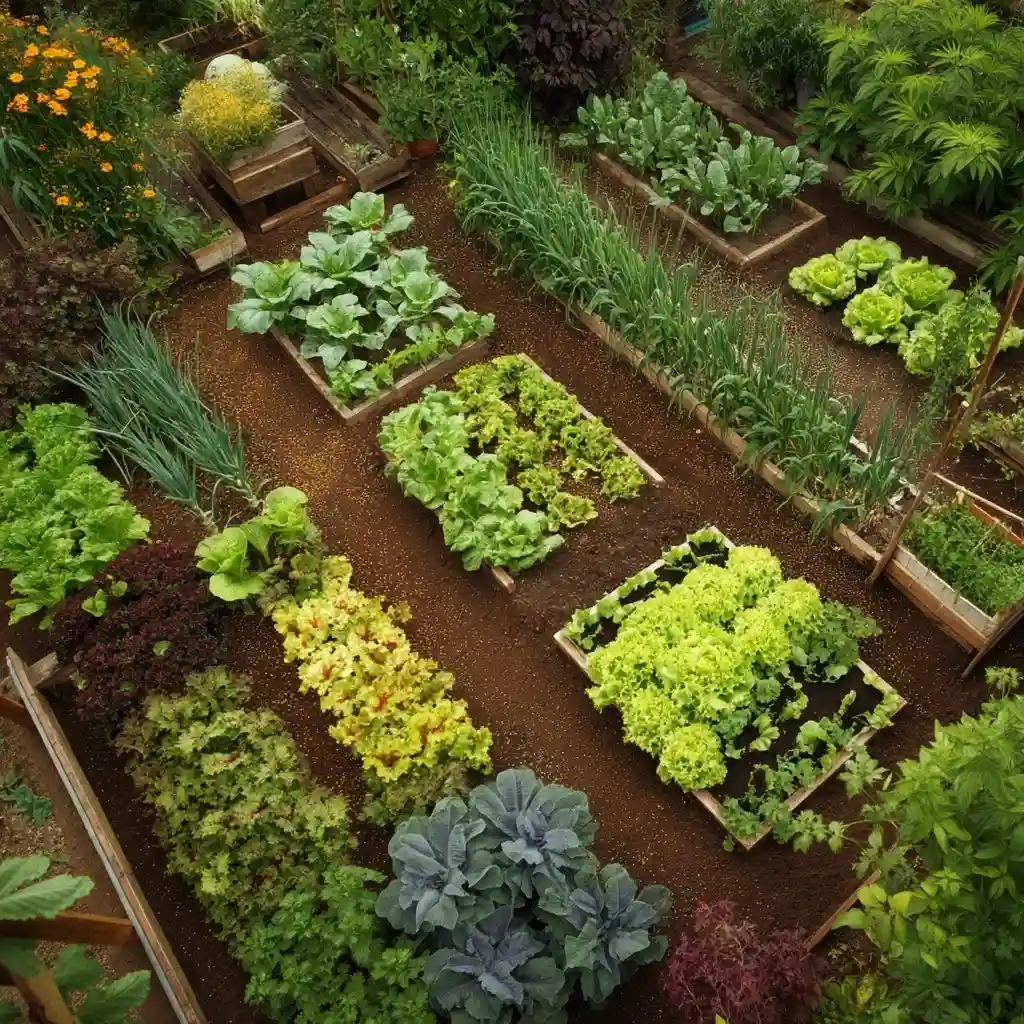
A productive vegetable garden design starts with choosing the right location. Select a spot that gets at least six hours of direct sunlight each day and has nutrient-rich, well-draining soil. Create a planting calendar so you know exactly when to sow, transplant, and harvest each crop. This also makes it easier to practice succession planting—replacing harvested crops with new ones to keep your garden producing year-round.
Rotate crops annually to prevent soil depletion and reduce pest problems. Companion planting—like pairing basil with tomatoes or carrots with onions—can naturally improve growth and deter insects. Mulching and composting not only enrich the soil but also conserve moisture. With the right plan in place, even a modest garden can deliver an abundant, continuous harvest
Landscaping Ideas to Enhance Your Outdoor Living
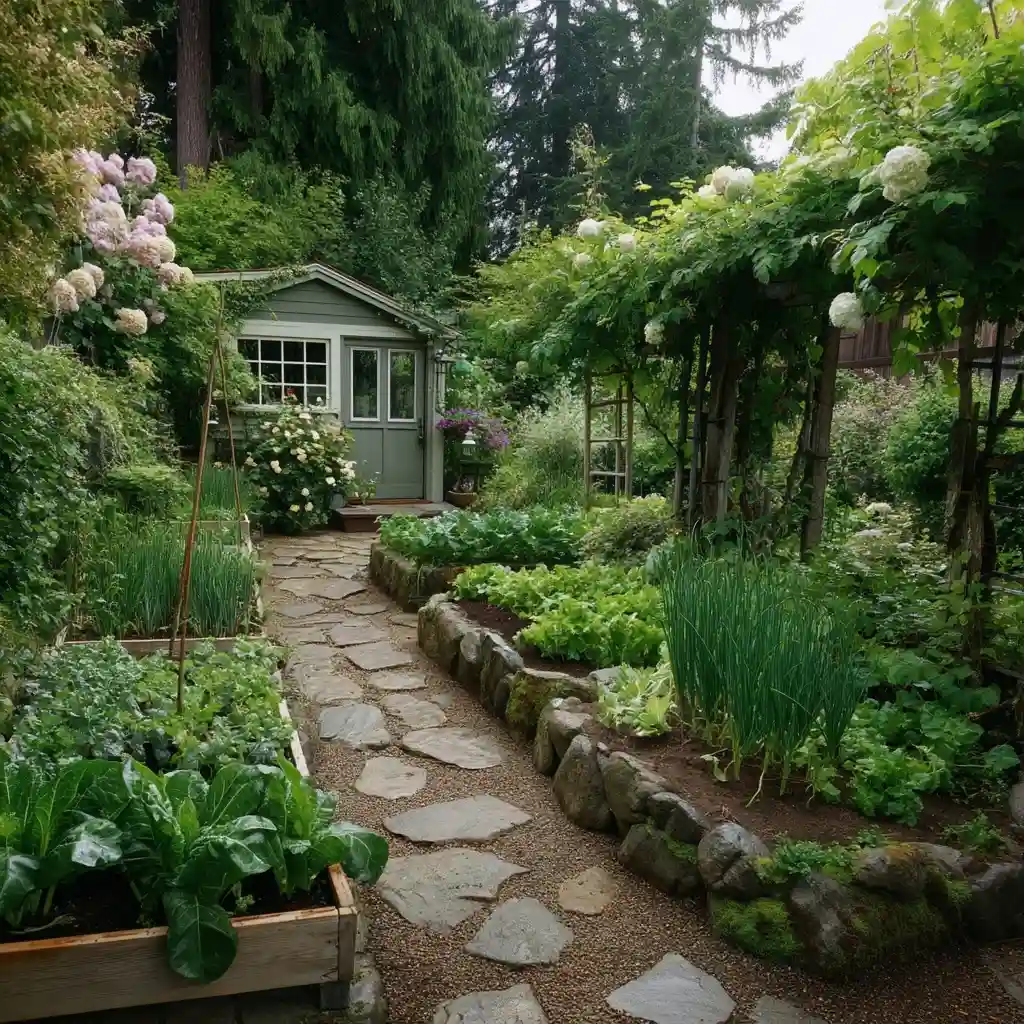
The right landscaping can frame and elevate your vegetable garden design, turning it into a focal point of your outdoor space. Use hardscape elements—such as stone pathways, pavers, or retaining walls—to create defined garden zones. Surround these with lush planting beds, climbing vines, and layered shrubs to soften the edges and add depth.
Opt for native plants or drought-tolerant varieties to reduce maintenance and support local wildlife. Mulch is your best friend here—it keeps the soil moist, suppresses weeds, and ties the whole look together. For a low-maintenance yet stylish touch, combine gravel paths with raised vegetable beds and integrate seating areas so your garden is as enjoyable to relax in as it is to work in.
Outdoor Living Ideas to Elevate Your Garden
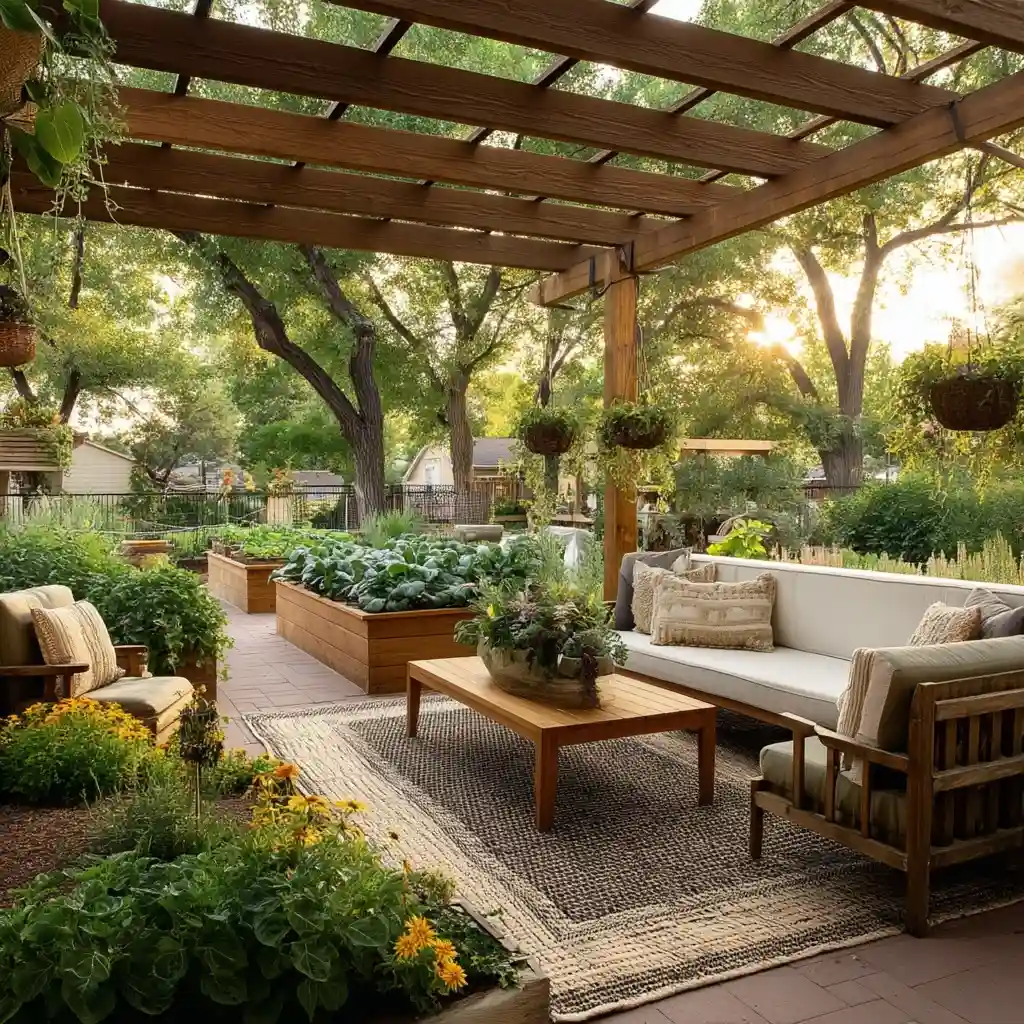
Merging comfort with function can make your vegetable garden design feel like a true extension of your home. Adding an outdoor kitchen or grill station near your garden makes harvesting and cooking seamless. Create a shaded lounge area with a pergola, retractable canopy, or large umbrella, and soften it with outdoor rugs, cushions, and throw pillows.
Lighting plays a huge role in extending the use of your garden—string lights draped over a seating area, spotlights highlighting raised beds, or lanterns lining pathways all add warmth and charm. A small water feature, like a fountain, can introduce soothing sounds while enhancing the garden’s atmosphere. With these elements, your garden becomes a year-round gathering place as well as a productive growing space.
Stylish Front Yard Garden Ideas
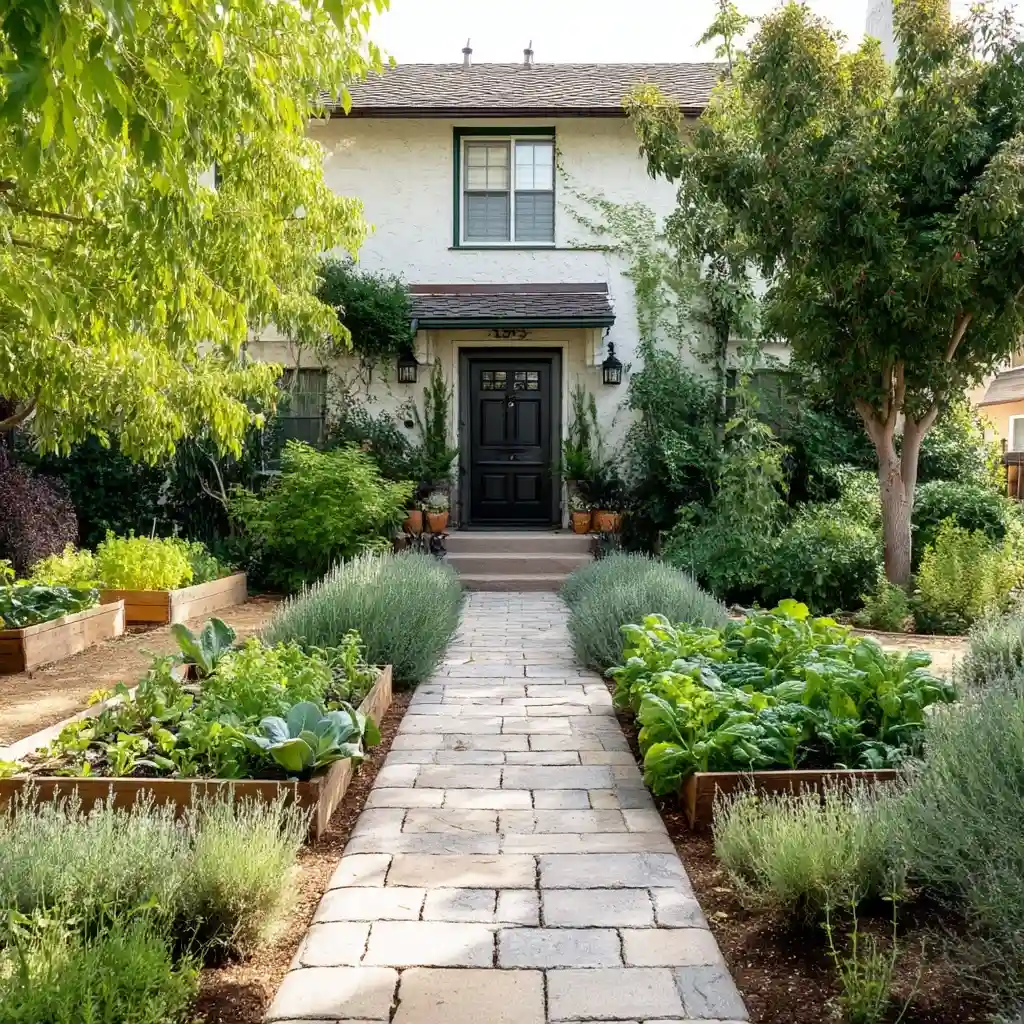
Your front yard offers a perfect opportunity to blend curb appeal with practical vegetable garden design. Start with a clear pathway leading to your door, framed by symmetrical plantings or low hedges for structure. Introduce focal points such as an ornamental tree, a decorative water feature, or an eye-catching raised vegetable bed that complements your home’s style.
Layer evergreen shrubs with seasonal flowers to keep the space vibrant year-round. Potted herbs or small fruiting plants near the entryway add both fragrance and function. Subtle lighting along walkways and around focal plants ensures your garden looks welcoming at night. A thoughtfully designed front yard can boost your home’s value while providing fresh food right outside your door.
Flower Garden Inspiration for Lush Color and Texture
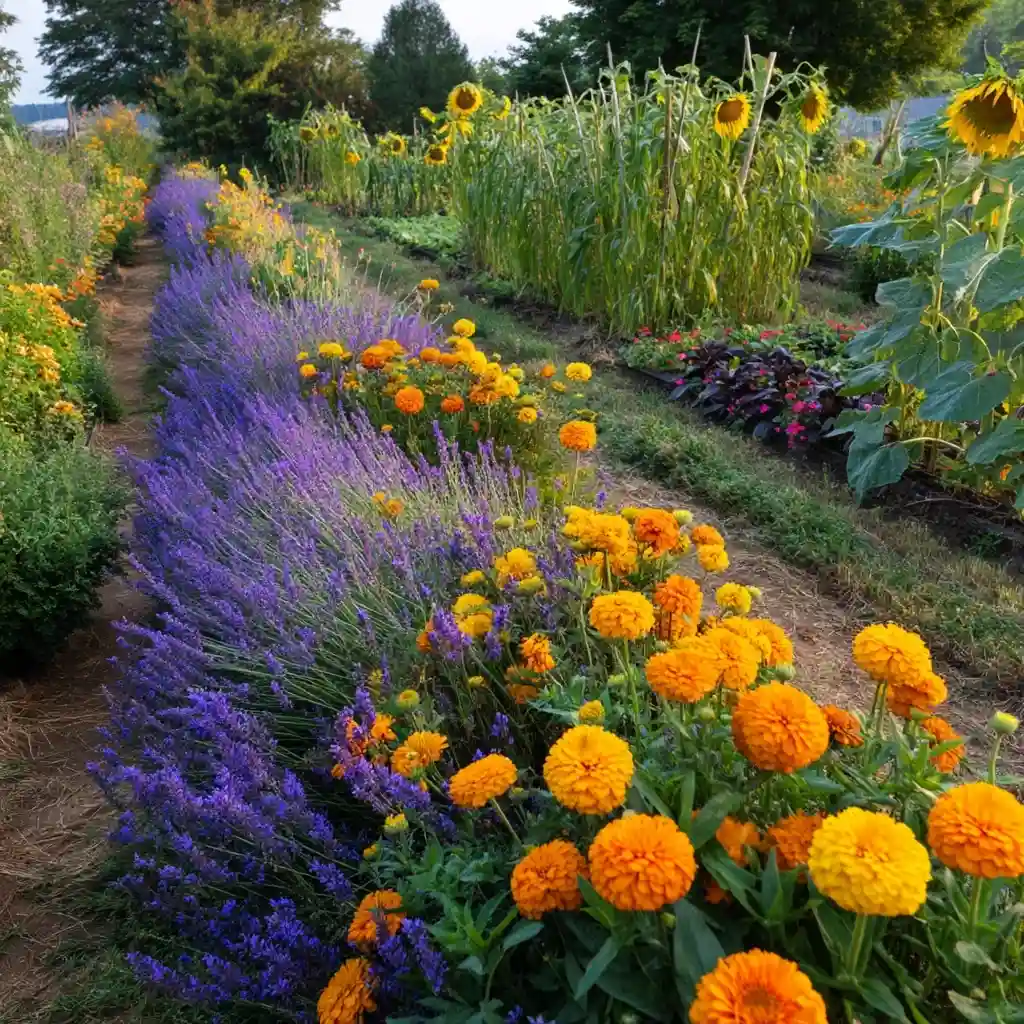
Incorporating flowers into your vegetable garden design adds vibrancy, attracts pollinators, and creates visual balance. Combine annuals for constant seasonal color with perennials that return year after year. Vary plant heights to add depth, placing taller blooms like sunflowers or hollyhocks at the back and shorter varieties like marigolds or nasturtiums near pathways or bed edges.
Use color combinations intentionally—cool tones like blues and purples create a calming backdrop for vegetable beds, while warm reds and oranges bring energy and draw the eye. Many flowers, such as lavender and echinacea, also benefit your crops by attracting bees and butterflies. Pairing ornamental beauty with edible productivity results in a garden that’s as stunning as it is functional.
Incorporating Shrubs, Bushes, and Hedges
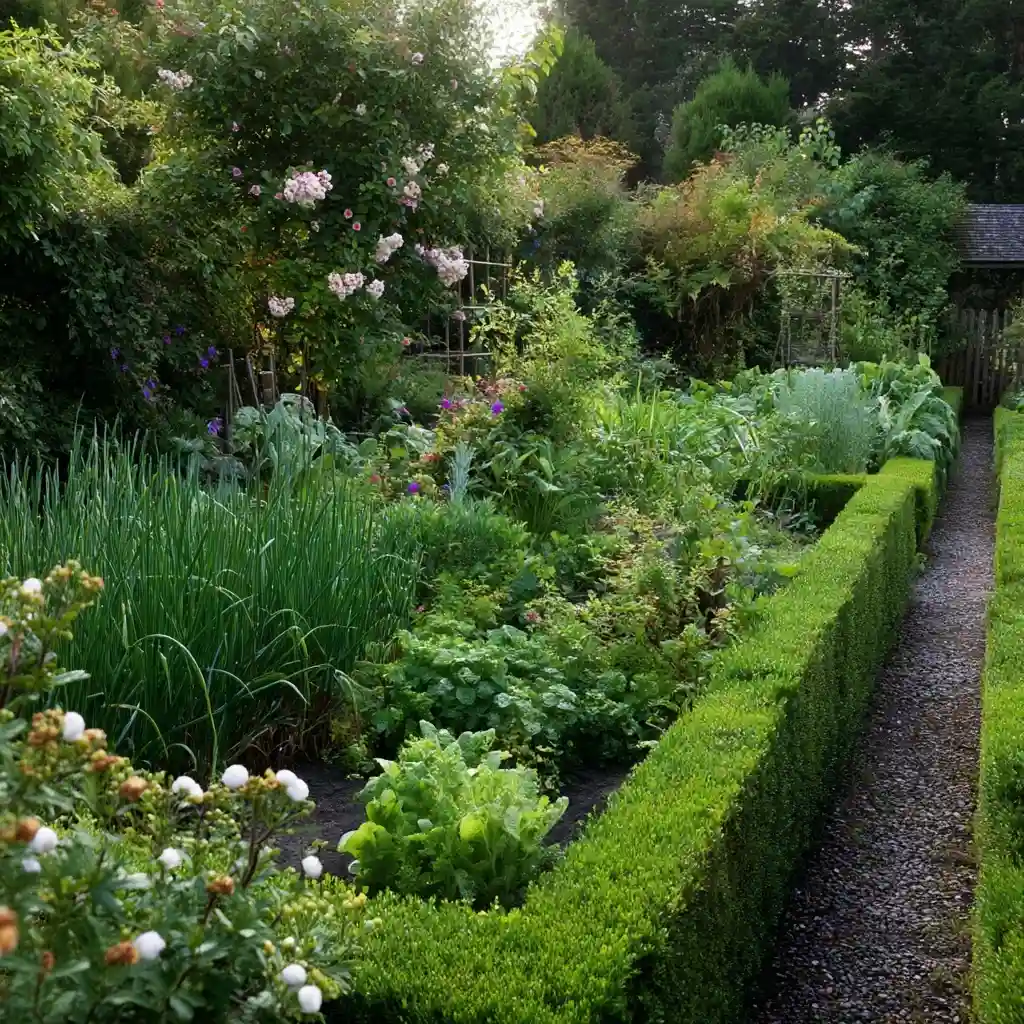
Shrubs and bushes can provide structure, privacy, and year-round interest to your vegetable garden design. Evergreen varieties like boxwood or yew work well as low-maintenance borders or hedges, keeping the garden neat in every season. Flowering shrubs such as hydrangeas or camellias add seasonal bursts of color that complement your edible plantings.
Hedges can serve as natural windbreaks, protecting delicate vegetables while creating distinct garden zones. For a softer, more layered look, mix shrubs with ornamental grasses or perennials along the edges of your vegetable beds. This combination not only enhances aesthetics but also supports biodiversity, attracting helpful insects and birds to your garden.
Vertical Gardening: Space-Saving Solutions
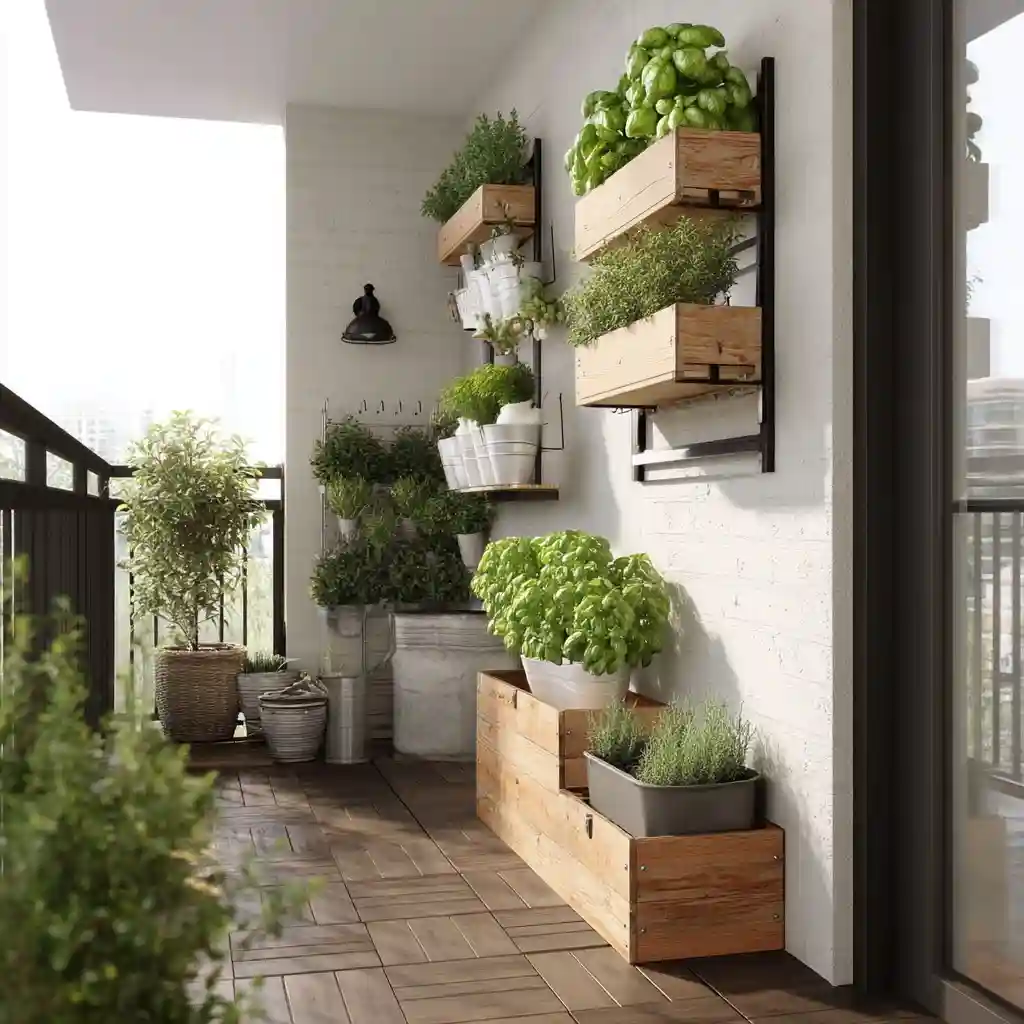
When space is tight, vertical gardening can transform your vegetable garden design into a highly productive area without expanding its footprint. Wall-mounted planters, stacked pots, and trellises allow you to grow crops like beans, peas, cucumbers, or even strawberries upward, freeing up ground space for other plants.
Pallet gardens and tiered herb towers are budget-friendly options that also add visual interest. Vertical gardens can double as privacy screens, making them ideal for balconies, patios, or narrow side yards. For easier upkeep, install a simple drip irrigation system to keep plants hydrated without daily watering. This approach not only maximizes space but also turns vertical surfaces into living, edible art.
Adding Architectural Features: Fence, Trellis & Pergola
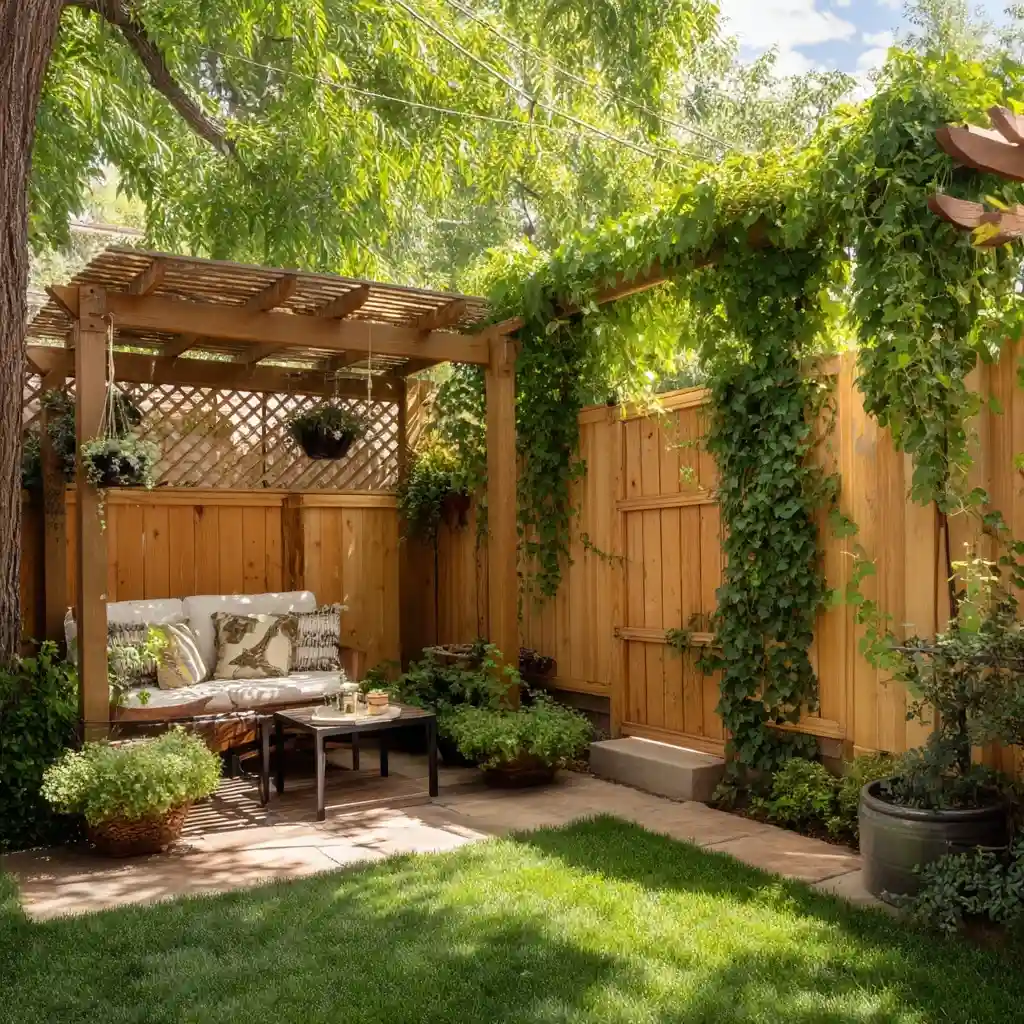
Architectural elements can bring both structure and style to your vegetable garden design. A well-placed fence not only defines the garden’s boundaries but can also act as a support for climbing vegetables like peas or pole beans. Trellises add vertical height and create focal points while giving vining crops a sturdy frame to grow on.
Pergolas are ideal for shading seating areas or pathways, and they can be adorned with hanging baskets, grapevines, or flowering climbers. Choose materials that match your garden’s overall style—natural wood for a rustic look, powder-coated metal for a modern touch, or composite options for low maintenance. These features help create a cohesive, functional space that feels thoughtfully designed.
Side Yard and Narrow Garden Transformation
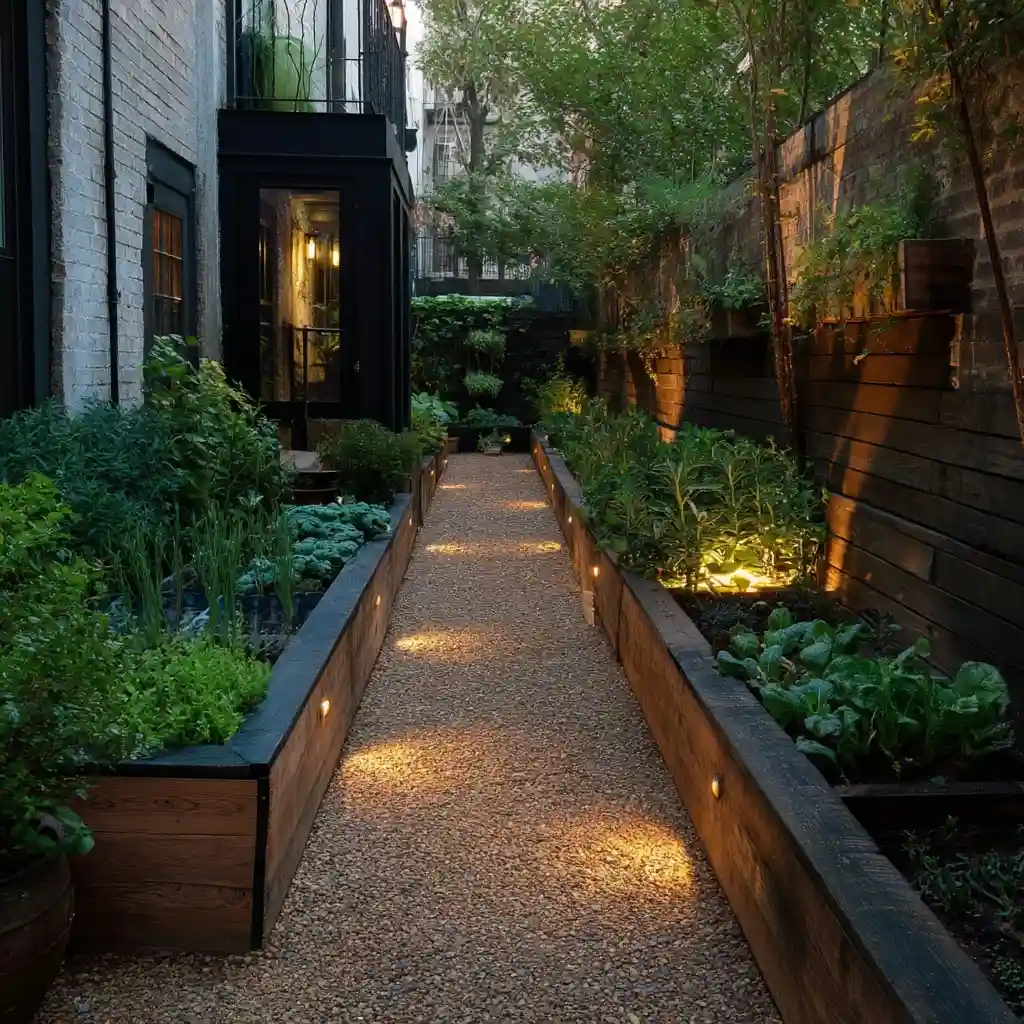
Even the slimmest spaces can shine with the right vegetable garden design. A side yard, often overlooked, can become a productive corridor by adding a simple pathway lined with raised beds or vertical planters. Shade-tolerant vegetables like leafy greens, radishes, and herbs thrive in partially shaded areas, making them ideal for narrow spaces between buildings or fences.
Wall-mounted planters, trellises, or espaliered fruit trees maximize vertical potential without crowding the walkway. Soft lighting along the path not only makes the area safer to navigate at night but also highlights the beauty of your plants. With smart choices, a side yard can transition from wasted space to a charming, functional extension of your garden.
ChatGPT said:
Creating a Relaxing Lounge Area in Your Garden
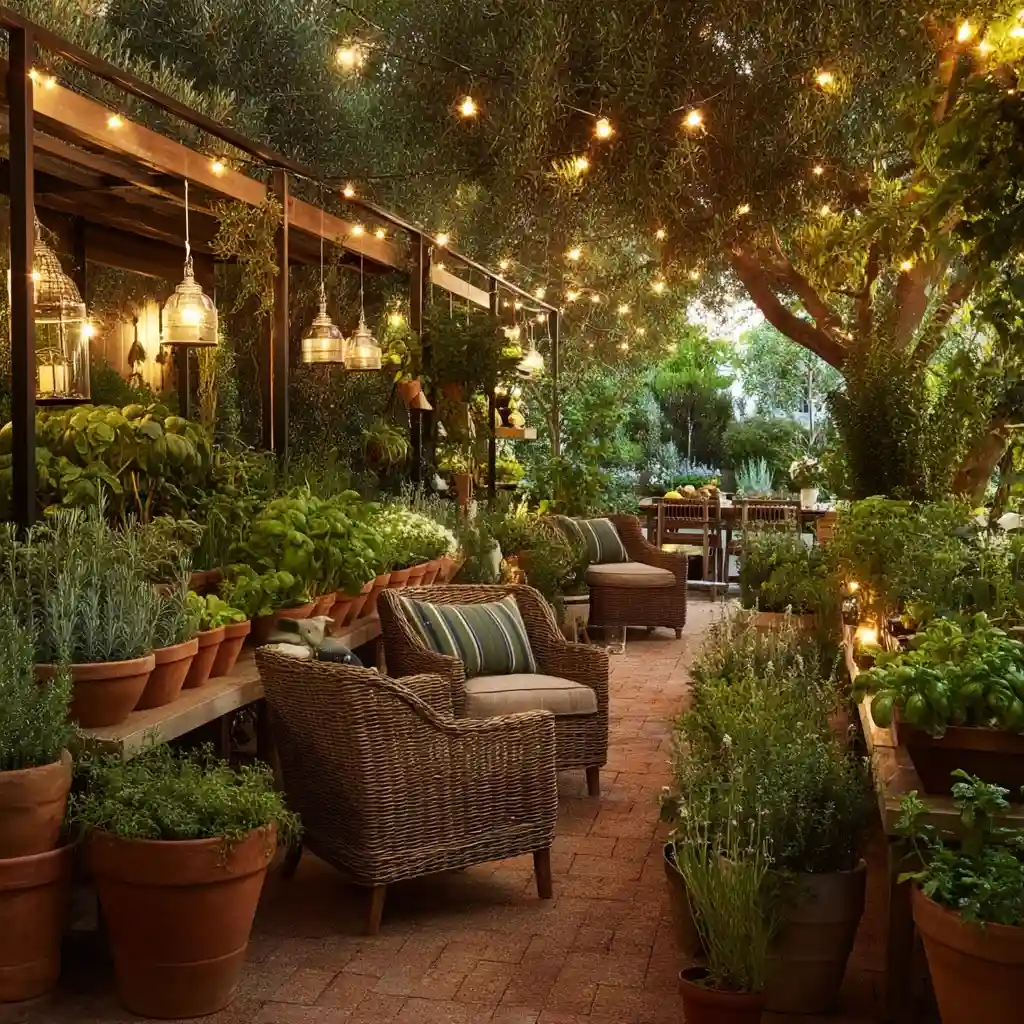
A well-planned lounge space can make your vegetable garden design more than just a place to grow food—it becomes a retreat for rest and connection. Choose weather-resistant furniture that’s comfortable enough for long afternoons outside. Add cushions and throws in earthy tones to blend with your garden’s natural palette.
Position your seating to overlook your vegetable beds, allowing you to enjoy the view of growing crops. Surround the area with potted herbs or climbing plants on trellises to create a sense of privacy. String lights, lanterns, or a small fire pit can extend the usability of the space into the evening. This balance of comfort and greenery makes your garden a place you’ll want to linger.
Low-Maintenance Garden Ideas for Busy Gardeners

A smart vegetable garden design doesn’t have to demand constant upkeep. Choose resilient plants like perennial herbs, leafy greens, or native vegetables that thrive with minimal attention. Incorporating mulch helps retain soil moisture, suppress weeds, and reduce the need for frequent watering.
Raised beds with drip irrigation or self-watering containers can further cut down on maintenance time. Opt for simple layouts that make weeding and harvesting easy, and group plants with similar water and sunlight needs together. By designing your garden to work with nature—using hardy crops, efficient watering systems, and durable materials—you can enjoy fresh produce without feeling tied to a demanding care schedule.
Crafting a Garden That Grows With You
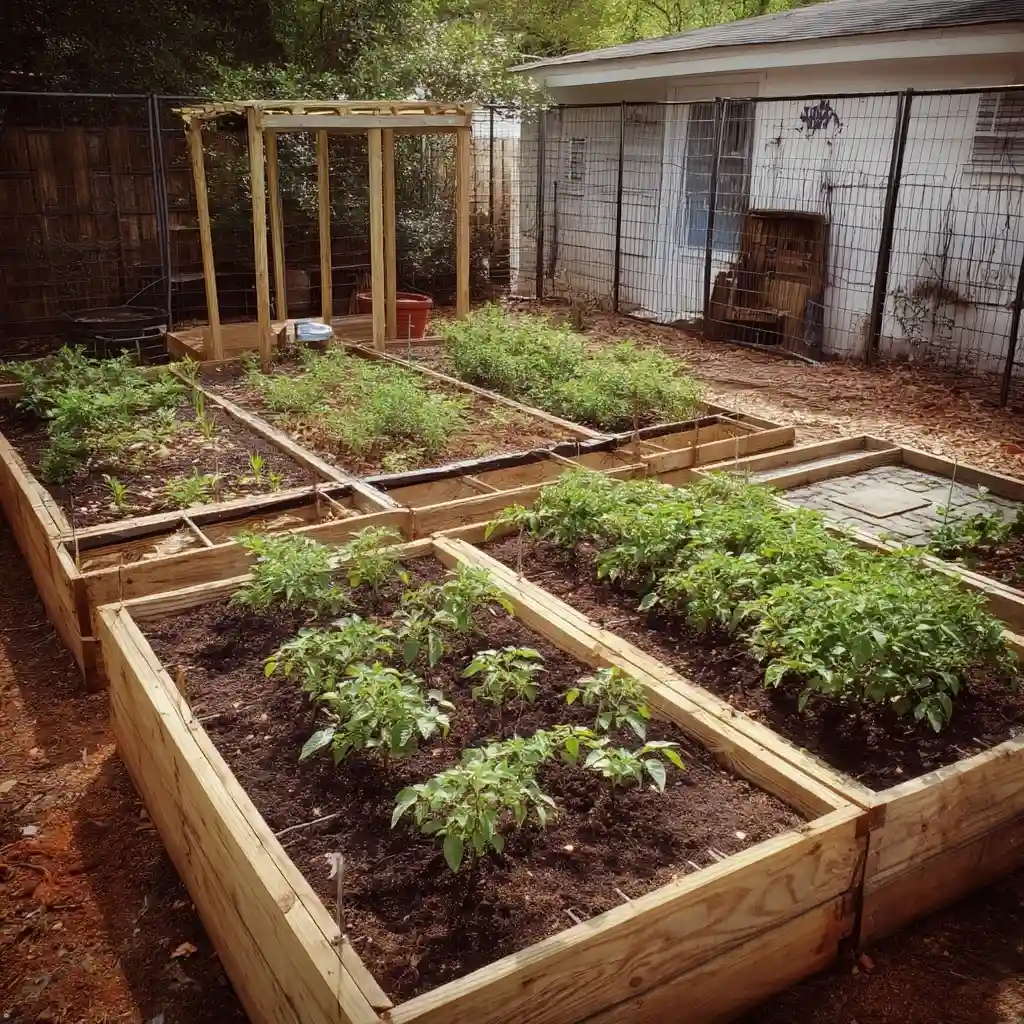
A thoughtful vegetable garden design should adapt as your needs, tastes, and skills evolve. Start with a flexible layout—raised beds, movable containers, and modular trellises—that can be rearranged over time. As your gardening confidence grows, you can expand into new crops, add decorative elements, or incorporate additional features like compost bins or rain barrels.
Plan for perennials such as asparagus, rhubarb, or berry bushes to provide harvests year after year. Leave space for seasonal rotations and new plant experiments. By blending function, beauty, and adaptability, your garden becomes a long-term companion—changing with you while continuing to nourish both body and spirit.
Conclusion
Designing a vegetable garden is about more than just planting seeds—it’s about creating a space that’s productive, beautiful, and tailored to your lifestyle. Whether you have a sprawling backyard, a cozy patio, or a narrow side yard, thoughtful planning can make your garden both efficient and inviting. By blending practical layouts, attractive plant pairings, and functional features, you’ll cultivate a space that provides fresh harvests while offering a place to relax and connect with nature.
FAQ
1. What are some low-maintenance vegetables for beginners?
Leaf lettuce, radishes, bush beans, and zucchini are easy to grow and require minimal care.
2. Can I mix vegetables and flowers in the same bed?
Yes—this improves biodiversity, attracts pollinators, and adds beauty to your garden.
3. How much sunlight does a vegetable garden need?
Aim for at least six hours of direct sunlight daily for most crops.
4. What’s the best way to maximize space in a small garden?
Use vertical gardening, companion planting, and container setups to grow more in less space.
5. How can I keep my garden productive year-round?
Use succession planting, choose cold-hardy crops, and consider season-extending tools like row covers or cold frames.
🌿 Love gardening inspiration? Follow me on Pinterest for bold plant ideas, tips, and seasonal color!
More Posts
